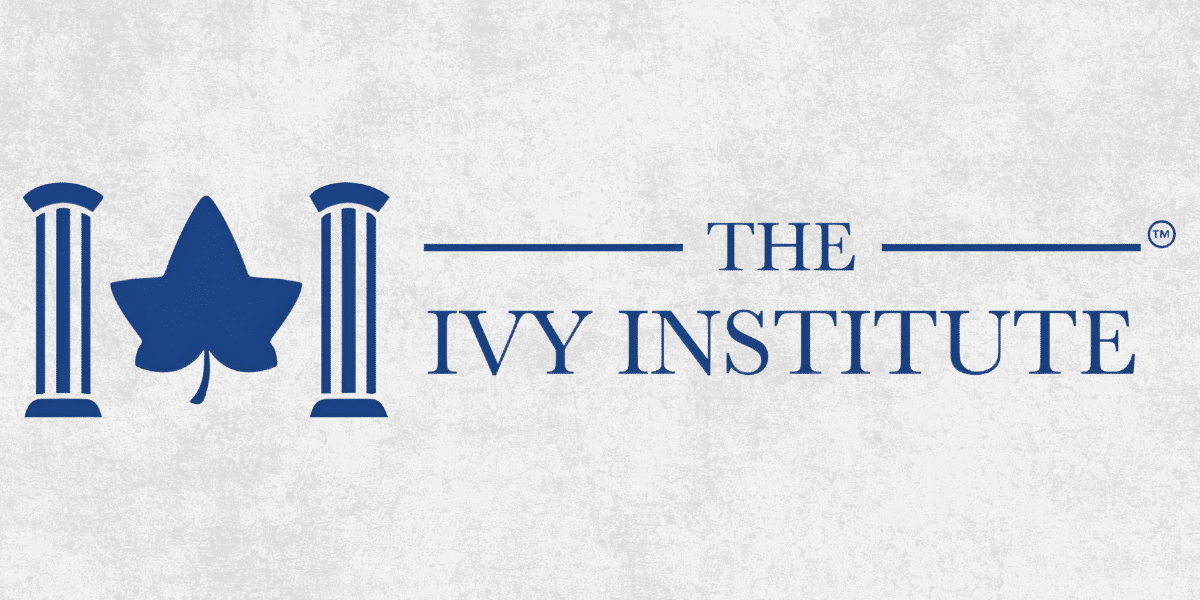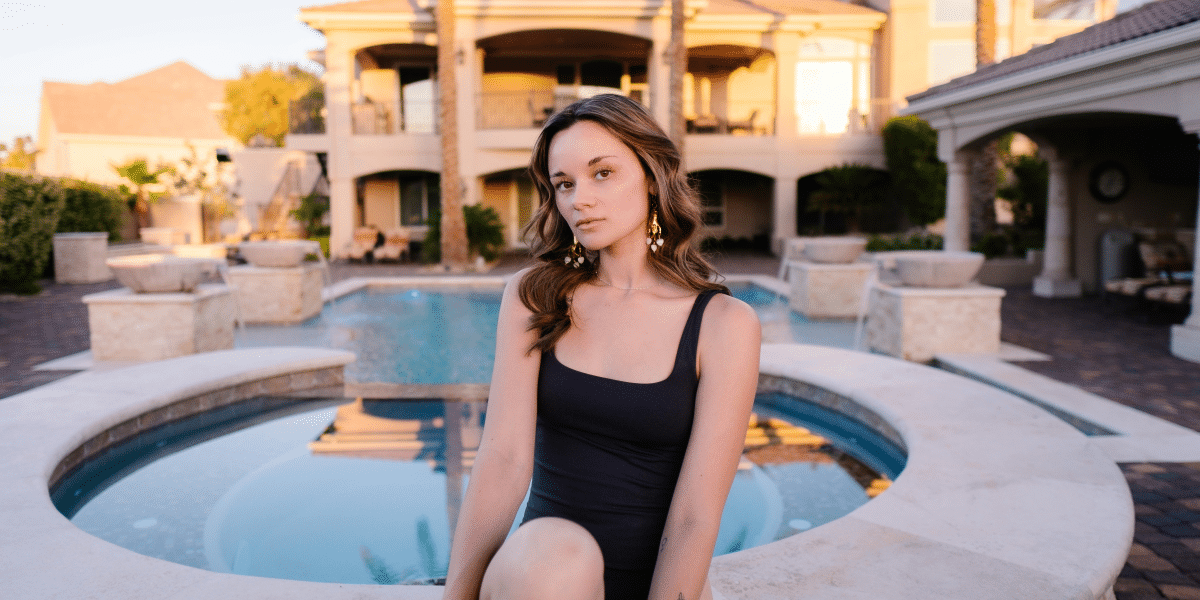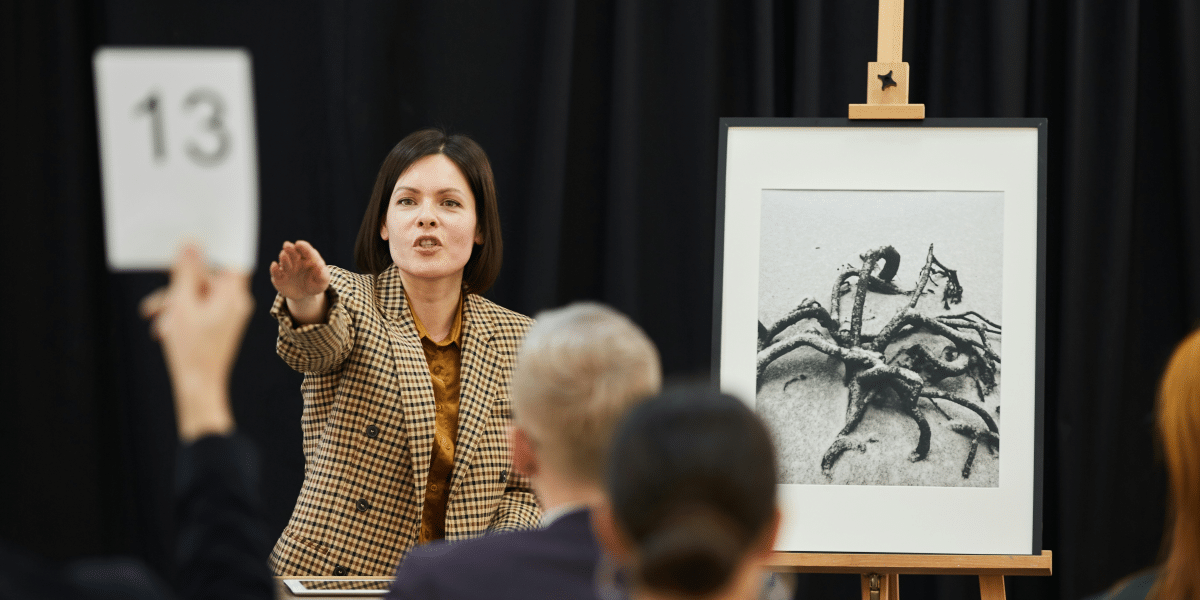Okay, let’s talk about why we spend money the way we do. Turns out, it’s not always about pure logic. Our emotions, sneaky brain tricks, and even what our friends are doing play a way bigger role in our wallets than we might think.
Feeling a bit down? Shopping spree! Celebrating something awesome? Might as well treat yourself! Turns out, our emotions are HUGE drivers when it comes to spending. Here’s the breakdown:
- Retail Therapy: It’s a thing for a reason. Buying something new gives us a little jolt of happiness…temporarily. Problem is, that feeling fades, and we may find ourselves craving another spending fix.
- Fear Factor: That limited-time sale, the worry you’ll miss out – companies prey on our fear of missing out (FOMO) to make us buy things we don’t really need.
- Status Symbol: We want that fancy car or designer bag not just because it’s nice, but because of what we think it says about us. Status and our sense of identity get wrapped up in how we spend.
Mental Shortcuts Gone Wrong (AKA Cognitive Biases)
Our brains are kinda lazy. To make decisions faster, they rely on shortcuts called cognitive biases. These usually work okay but go haywire when it comes to money:
- Anchoring Effect: The first number we see sets the stage. See a $200 jacket on sale for $100? Feels like a bargain, even if you weren’t gonna buy a jacket at all.
- Sunk Cost Fallacy: “I already spent so much on this, I might as well…” We hate feeling like we’ve wasted money, so we keep throwing good money after bad.
- The Illusion of “Free”: “Buy one, get one FREE!” sounds amazing, but often we end up buying way more than we planned. That “free” item isn’t really free when it tricks us into spending.
Keeping Up with the Joneses: Social Pressure to Spend
Humans are social creatures, and whether we like it or not, we compare ourselves to others. This drives a ton of spending:
- Social Media Envy: Instagram and TikTok are great at showing us those picture-perfect lifestyles… and making us feel like we need to spend to keep up.
- Friends and Trends: If our friend group is all about the latest gadgets or weekend trips, it’s tough to resist feeling the pressure to do the same.
- Lifestyle Inflation: Get a raise? Instead of saving more, we often upgrade our lifestyle – bigger house, nicer car – and end up just as strapped as before.
Does this mean we’re doomed to be broke?
Absolutely not! Here’s how to get smarter about your spending:
- Awareness is Key: Start noticing what triggers your spending sprees. Is it boredom? Stress? Seeing a tempting ad? Once you know your triggers, you can fight back.
- Cooling Off Period: Before a big purchase, force yourself to wait. 24 hours, a week…let the emotional urge fade, and then see if you still really want it.
- Question the Hype: Are you buying the thing itself, or the feeling you think it’ll give you? Separate the two, and you might save yourself some cash.
- Budgeting with Your Values: A budget isn’t about deprivation; it’s about aligning your spending with what truly matters to you. Love travel? Cool, make that your savings goal, not the impulse Target run.
- Seek Out Support: If emotional spending is a big struggle, don’t be afraid to ask for help. Therapists and financial advisors can give you tools to manage those urges.
Understanding the psychology of spending isn’t about shaming yourself for the occasional impulse buy (we all slip up sometimes!). It’s about being more mindful about how your money flows out of your wallet. That way, you can make it work for you, not the other way around.









